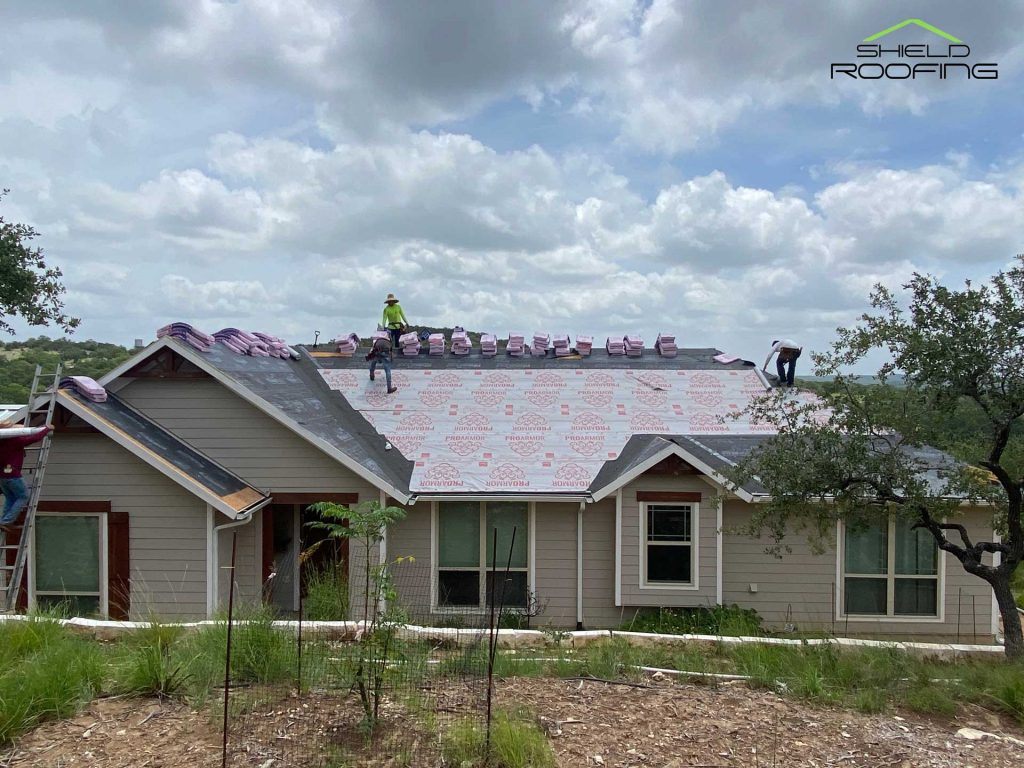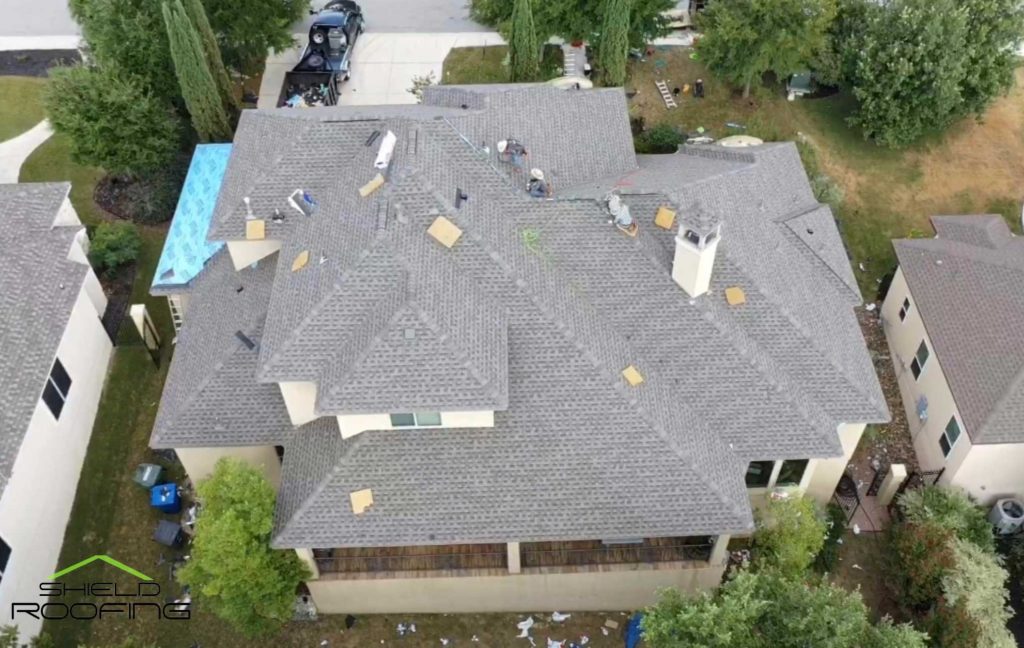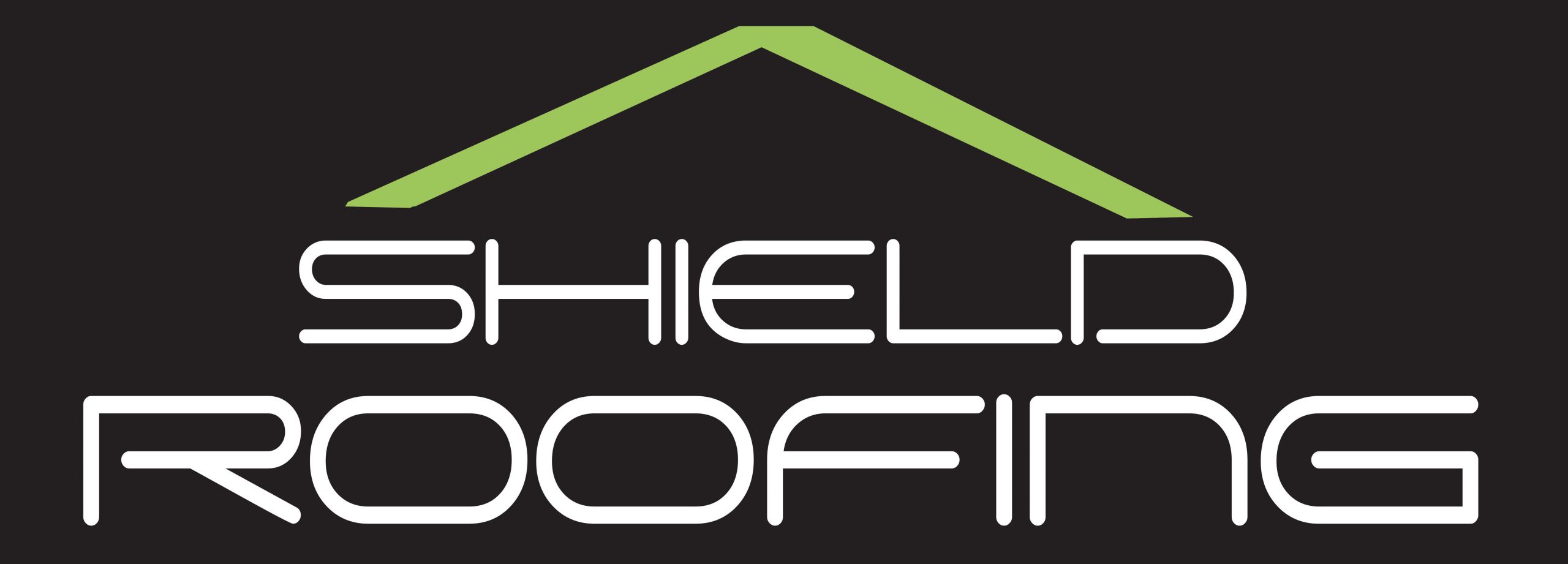As a homeowner in San Antonio, your roof is one of the most important components of your house. It protects you and your family from the harsh elements, enhances your home’s curb appeal, and adds value to your property. However, it is also one of the most vulnerable parts of your house, constantly exposed to the sun, rain, wind, and hail. Therefore, it is crucial to be aware of the common roofing problems that you may encounter and how to address them.
In this article, you will learn about five common roofing problems that every San Antonio homeowner should know. From roof leaks to damaged shingles, clogged gutters to poor ventilation, and hail damage to preventative measures for maintaining your roof’s health, we will cover everything you need to know to keep your roof in tip-top condition. By the end of this article, you will have a better understanding of your roof’s vulnerabilities and how to protect it from potential damage. So, let’s get started!
Roof Leaks and Their Causes
If you’re hearing the pitter-patter of raindrops inside your home, it’s likely that your roof is leaking due to wear and tear. Common causes of roof leaks include damaged or missing shingles, cracked flashing, and clogged gutters. These issues can be prevented by regularly inspecting your roof and gutters, keeping them clean and free of debris, and promptly repairing any damage.
To prevent roof leaks, it’s important to address any issues as soon as they arise. Regularly inspecting your roof and gutters can help you catch any problems early on, before they become major issues. Additionally, keeping your gutters clean and free of debris can help prevent water from backing up and causing damage to your roof. By taking these preventative measures, you can help ensure that your roof stays in good condition and that you don’t have to deal with the hassle and expense of a leaky roof.

Damaged Shingles and How to Spot Them
Spotting damaged shingles is crucial to maintaining a healthy roof – so keep an eye out for any signs of wear and tear. One of the most common causes of damaged shingles is wind damage. Wind can lift shingles and even tear them off completely, leaving your roof vulnerable to leaks and other serious issues. If you notice any shingles that are missing or have lifted up, it’s important to have them replaced as soon as possible to prevent further damage.
Another common cause of damaged shingles is hail damage. Hail can cause dents, cracks, and even holes in your shingles, which can lead to leaks and other problems. If you’ve recently experienced a hailstorm, it’s a good idea to inspect your roof for any signs of damage. While some DIY repair techniques may be possible, it’s often best to consult with a professional roofer to ensure that any damaged shingles are properly replaced. They can also advise you on replacement options that may be more durable and long-lasting.
Clogged Gutters and Their Effects on Your Roof
Clogged gutters can have detrimental effects on the overall health and longevity of your roof, and it’s essential to regularly clean and maintain them to prevent any potential damage. When your gutters get clogged with debris, leaves, and other materials, water can’t properly flow through them and away from your home. This can lead to water damage on your roof, walls, and foundation.
Gutter cleaning is an essential task that should never be ignored. Regular cleaning can prevent water damage and prolong the lifespan of your roof. If you’re not comfortable cleaning your gutters yourself, consider hiring a professional to do it for you. They have the necessary tools and expertise to do it safely and effectively. Don’t wait until it’s too late to take care of your gutters. Preventative maintenance can save you a lot of money and stress in the long run.
Poor Ventilation and Its Impact on Roofing
You may not realize it, but poor ventilation can wreak havoc on your roof and cause serious damage over time. When your attic lacks proper ventilation, hot air and moisture become trapped, leading to a buildup of condensation. The excess moisture can cause your roofing materials to deteriorate and eventually rot, leaving your home vulnerable to leaks and water damage.
To prevent poor ventilation from damaging your roof, consider installing ventilation solutions like ridge vents, soffit vents, or gable vents. These systems allow hot air and moisture to escape, regulating the temperature and humidity levels in your attic. Proper moisture management is also key to maintaining a healthy roof, so make sure to address any leaks or water damage immediately. By taking care of your roof’s ventilation and moisture control, you can avoid costly repairs and ensure your home stays protected for years to come.
Hail Damage and How to Address It
If you live in an area prone to hailstorms, it’s essential to understand how to identify and address potential damage to your roof. Hail damage can cause punctures, cracks, and dents in your shingles, which can lead to leaks and water damage inside your home. If left untreated, the damage can worsen over time, leading to costly repairs down the line.
The first step in addressing hail damage is to inspect your roof after a storm. Look for any visible signs of damage, such as dents or cracks in your shingles. If you do notice damage, it’s important to file an insurance claim as soon as possible. Most insurance policies cover hail damage, so you may be able to get the repairs done at little to no cost to you. While some homeowners may attempt to repair hail damage themselves, it’s often best to leave it to the professionals. A roofing contractor can assess the damage and recommend the best course of action to repair it properly.

Preventative Measures for Maintaining Your Roof’s Health
Maintaining your roof’s health is crucial to avoid costly repairs in the future, so make sure to schedule regular inspections with a trusted roofing professional. By doing so, you can catch any potential problems early on before they turn into major issues. Regular inspections can also help extend the lifespan of your roof and prevent the need for a premature replacement.
In addition to regular inspections, professional maintenance is also important for keeping your roof in good condition. This includes tasks such as cleaning out gutters, removing debris from the roof, and repairing any damages promptly. Neglecting these tasks can lead to water damage and other issues that can be expensive to fix. By taking preventative measures and investing in professional maintenance, you can ensure the longevity of your roof and save money in the long run.

